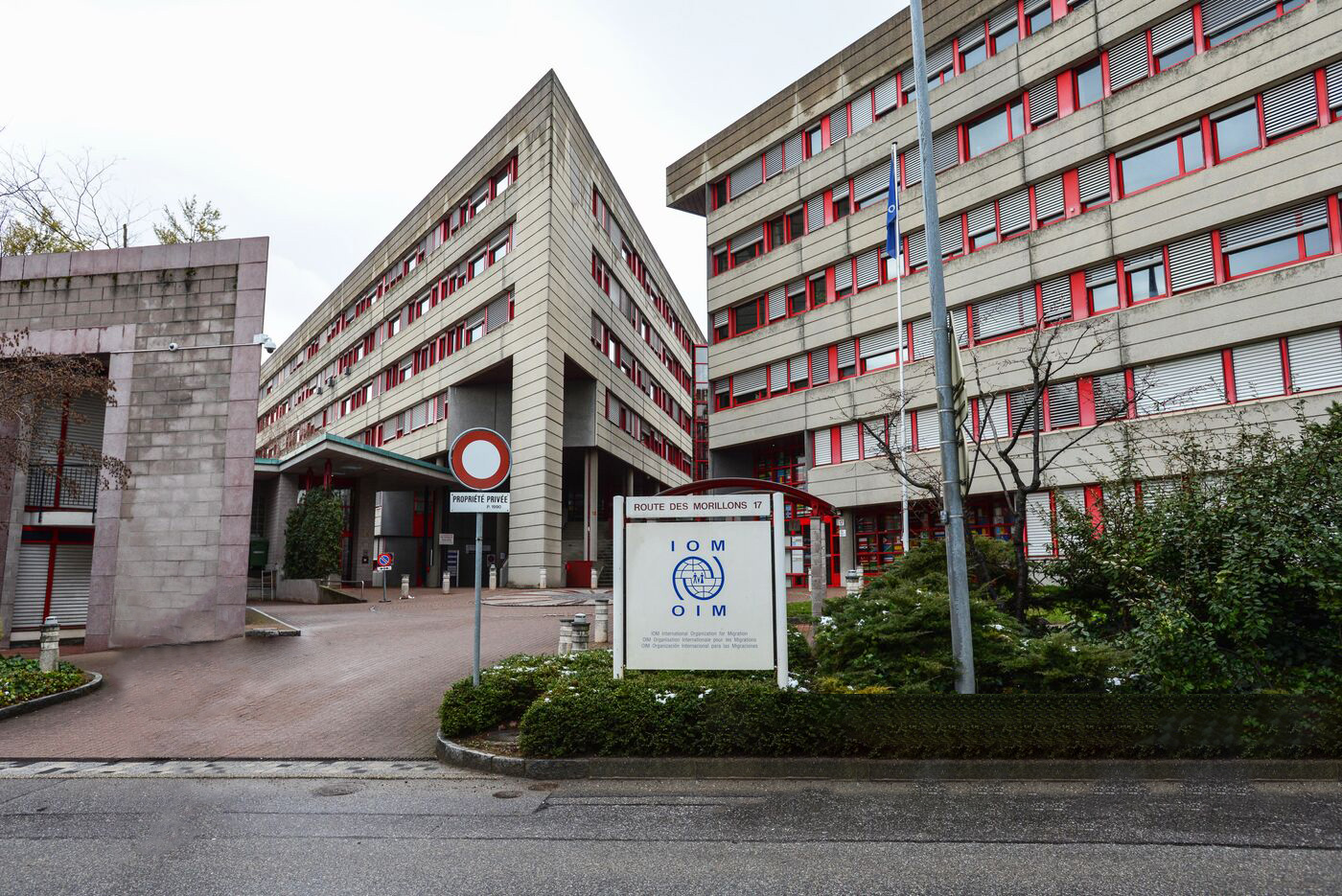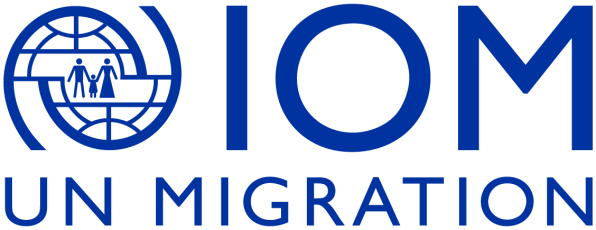The International Organization for Migration (IOM) is an entity related to the United Nations that provides planning and policy advice for governments concerning migrant workers, refugees, and internally displaced persons (IDPs).
Originally, the agency was named the Provisional Intergovernmental Committee for the Movement of Migrants from Europe (PICMME) because it was set up in 1951 to provide transportation and logical assistance to American-allied nations in Europe that were dealing with an estimated 11 million refugees who had been displaced by the fighting in World War II.
A year later, the agency was renamed the Intergovernmental Committee for European Migration (ICEM). In 1980, the agency was renamed once again to the Intergovernmental Committee for Migration (ICM) to reflect its growing responsibilities outside of Europe. And in 1989, the agency acquired its current name, the International Organization for Migration (IOM).
Although the IOM works very closely with the UNHCR (UN Refugee Agency) and is sometimes named its “sister” agency, the IOM’s focus is more on collecting data, tracking migrant flows, negotiating agreements, and developing policy whereas the UNHCR is more actively involved with the hands-on delivery of food, shelter, and healthcare to refugees and internally displaced persons (IDPs).
Unlike its “sister” agency, the UNHCR, IOM is considered to be an independent organization that directly reports to the UN’s member nations. The IOM and its work is not defined by any international legal or normative frameworks (such as the Geneva Convention) and thus, does not have any formal legal protection for its operations.
Today, the IOM has positioned itself as a key policy maker for treaties and agreements on international migration. The IOM also serves as a middleman in many cases by distributing funds from international agencies and sources to local NGOs working with migrants, returnees, and victims of human trafficking.
What Is the IOM?
The IOM is one of a cluster of international organizations (such as the UNHCR, the International Center for Migration Policy Development (ICMPD), and the International Labor Organization (ILO)) that provides funding, advice, and information resources for governments and international agencies on the topic of migrants, refugees, and IDPs. Because the IOM is rarely involved in the distribution of aid directly to migrants, it serves more as the policy arm of the United Nations on the subject of migration and human trafficking.
Today, the IOM’s projects are primarily funded by the United States and members of the European Union. The organization works primarily in the “Global South” to coordinate and implement migration-related policies. The agency is also responsible for developing global standards and collecting objective data about migration and border control policies.

The IOM is based in Geneva, Switzerland, and employs approximately 11,500 people across 150 in-country offices.
What Does the IOM Do?
Today, the International Organization for Migration serves primarily to monitor migrant flows across the globe as well as to implement multinational and regional policies to minimize and discourage forced migration.
In particular, the IOM is financing and organizing “informational” marketing campaigns in the form of music festivals, theater workshops, social media posts, and other media projects to discourage forced migration (human trafficking) from developing countries into places like Europe to educate would-be migrants about the risks and dangers involved.
The IOM was also the primary sponsor of the Global Compact for Migration in 2016 which has now been adopted by the majority of UN member nations. The Global Compact is a framework for member nations to facilitate safe and orderly migration in line with Target 10.7 of the UN’s 2030 Sustainable Development Goals (SDGs).
Some of the organization’s activities have been criticized by activists, human rights organizations, and the media. Thus, the agency worked with the government of Australia to process would-be migrants and asylum seekers to Canberra in neighboring countries such as Nauru. Specifically, the IOM supported the Australian government’s “Pacific Solution” run up to 2007 by operating camps for would-be asylum seekers and migrants. Likewise, the IOM has operated similar camps in Indonesia for would-be migrants and asylum seekers from Myanmar.
Who Owns the IOM?
As an independent organization, the IOM is directly supervised by the member states of the United Nations. However, on a practical basis, the bulk of the funds for the IOM’s activities come from the United States and the European Union (and their international agencies, such as Frontex) with the purpose of humane and orderly migration.
On a global level, the day-to-day operations of the IOM are handled by a Director General, who is appointed by the IOM’s Board of Directors. The Board of Directors has 30 members which are chosen by UN member nations for a period of three years.

What does IOM Stand For?
The IOM stands for the International Organization for Migration. Although it is related to the United Nations, the IOM is considered to be an independent agency.
Initially, the IOM exclusively focused on the task of repatriating refugees in Europe after World War II but the name of the agency was changed in 1989 to reflect its more international scope of work.
What Are the IOM’s Goals?
The IOM’s overarching goals are to help ensure the orderly and humane management of migration and to promote international cooperation on migration issues.
Other activities include writing and implementing international agreements on migration, providing guidance to governments, defending the rights of migrants, promoting the health of migrants, and coordinating multinational and regional policies on migration.
In addition, the IOM has helped organize some elections for migrants and refugees who are not able to vote in their home country.
According to the latest Strategic Vision published by the IOM, the agency’s main pillars are:
- Resilience
- Mobility
- Governance
These three pillars are designed to complement the IOM’s ongoing activities as well as synchronize their activities to support overarching international frameworks such as the UN 2030 Sustainable Development Goals (SDGs) and the Global Compact for Migration.
See also: A brief history of the WHO

